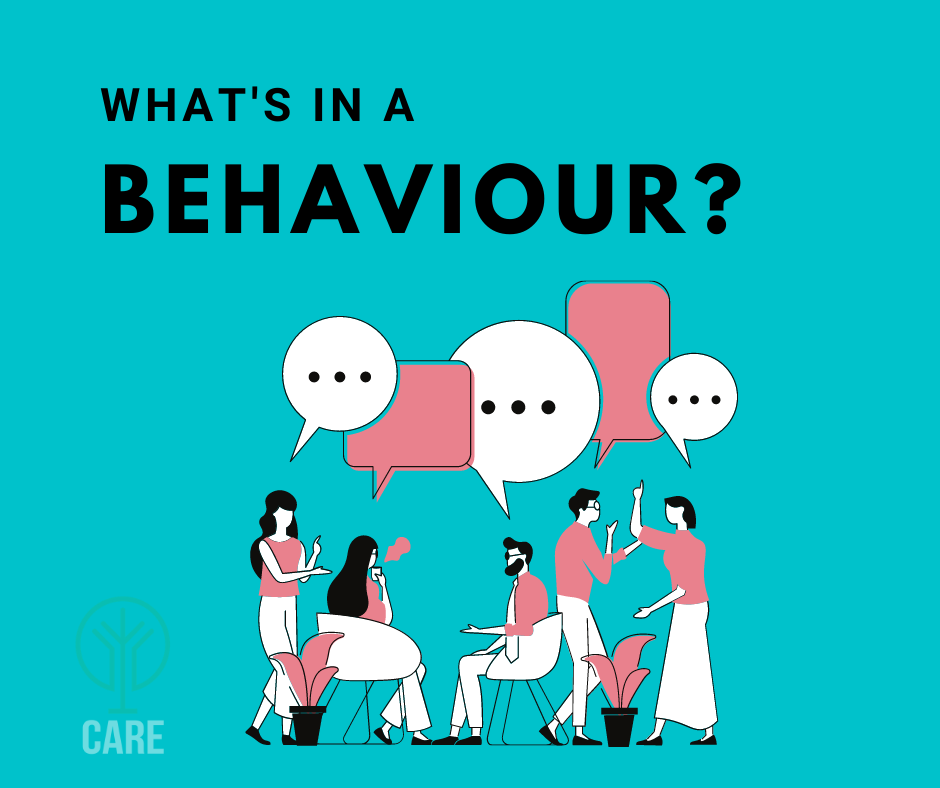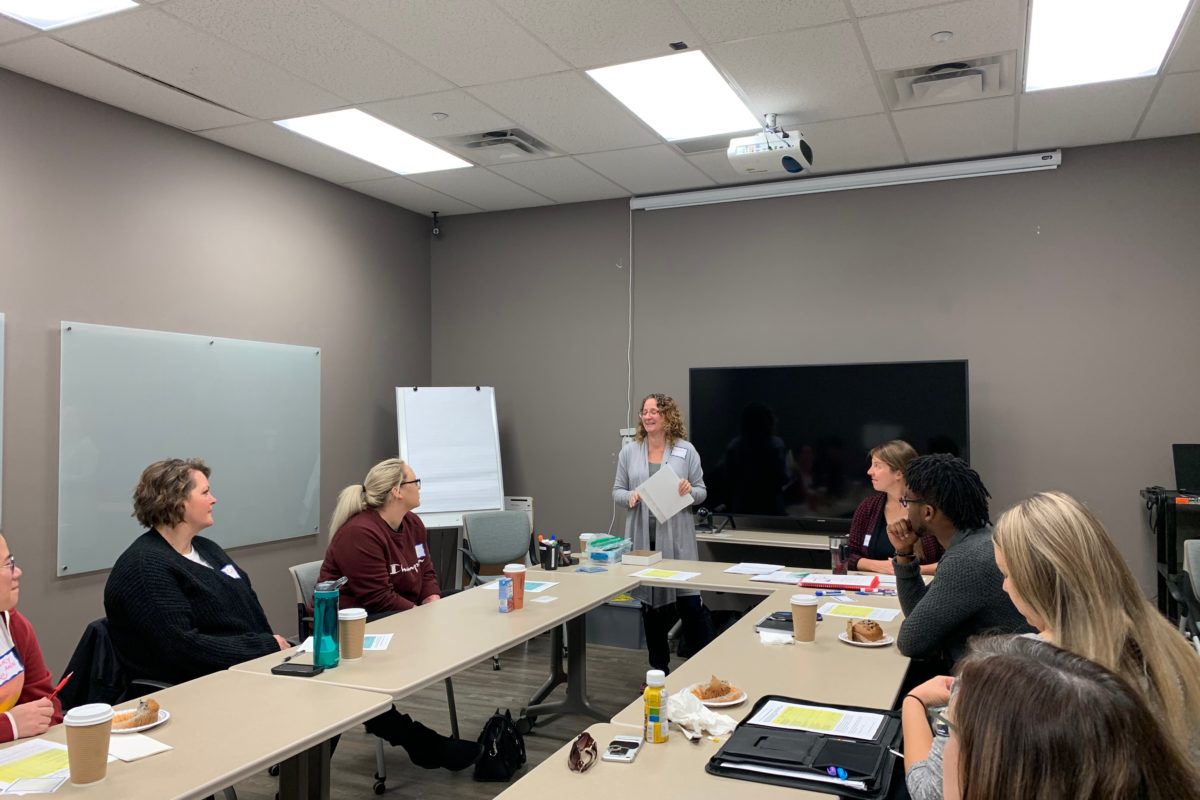Do you remember learning Newton’s Third Law of Physics? For every action there is an equal and opposite reaction.
Well, that theory can be loosely used to describe behaviour: for every behaviour, there is a reason or cause, though it may be very difficult to find.
That is where Care comes in. Care supports Individuals with Complex Needs and at times, complex behaviours of concern (behaviours that can be harmful to the Individual and others around that person).
So how exactly do we support? With a highly trained Behavioural Supports team. They are the finders of “the why.”
The team is led by Behavioural Specialist, Jen Drummond, who is responsible for the assessment of the function of behaviours – the why. Each behaviour has a function, a need that person has that is being met through an action. When that need is met, the behaviour stops.
What our Behavioural Supports team does is isolate the behaviour/s of concern and implement an applicable behaviour supports plan and/or strategies. That means reading over documentation and reports, looking for any clues, patterns or anything else that gives insight as to the what and the why. Our Behavioural Specialist then takes all that information and designs and implements a person-centred, quality positive behavioural plan/s.
What does that mean? That means a negative behaviour is being replaced with a positive or appropriately functional behaviour. That can take many forms; learning a new skill that eliminates the need for the behaviour, teaching coping skills, or expanding the Individual’s communication abilities.
But teaching a new skill is only part of the equation. Care’s frontline support staff play a HUGE role in the success or failure of a positive behavioural support plan. Support workers willing to learn new strategies and implement them in a compassionate, consistent manner are an Individual’s greatest means of support. Change will be slow and often rough but with a willing team behind them, it will happen!



